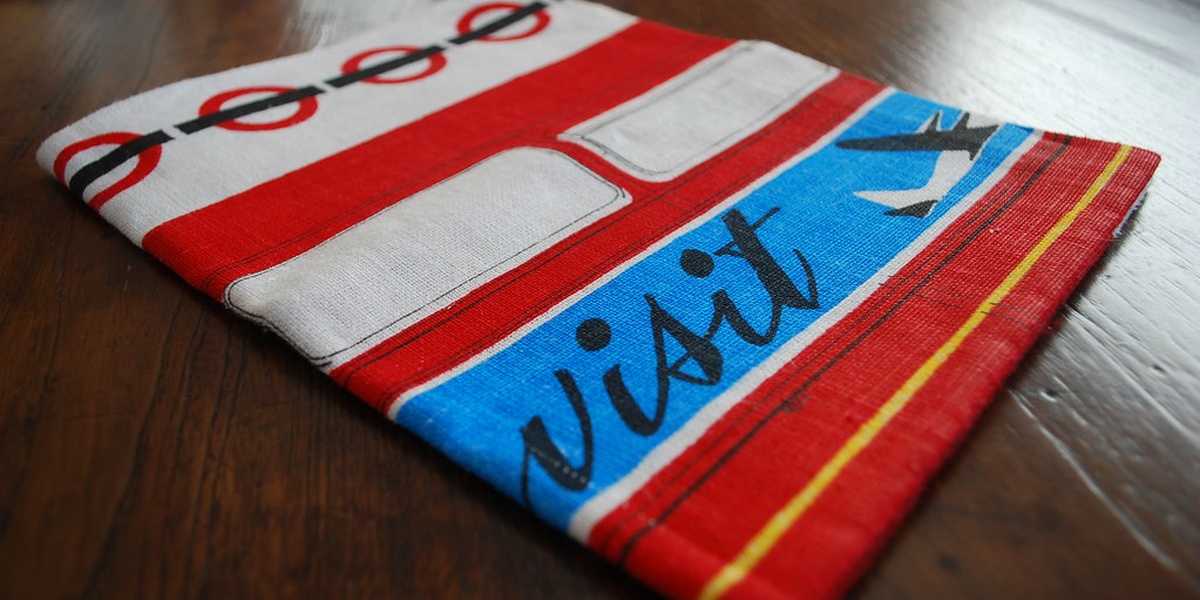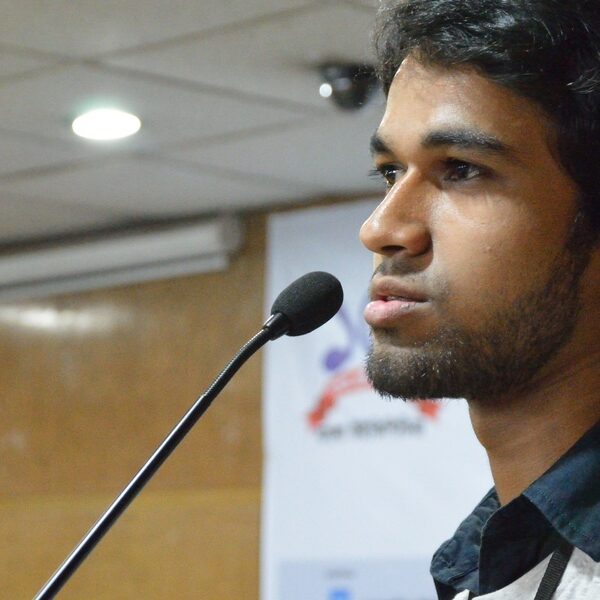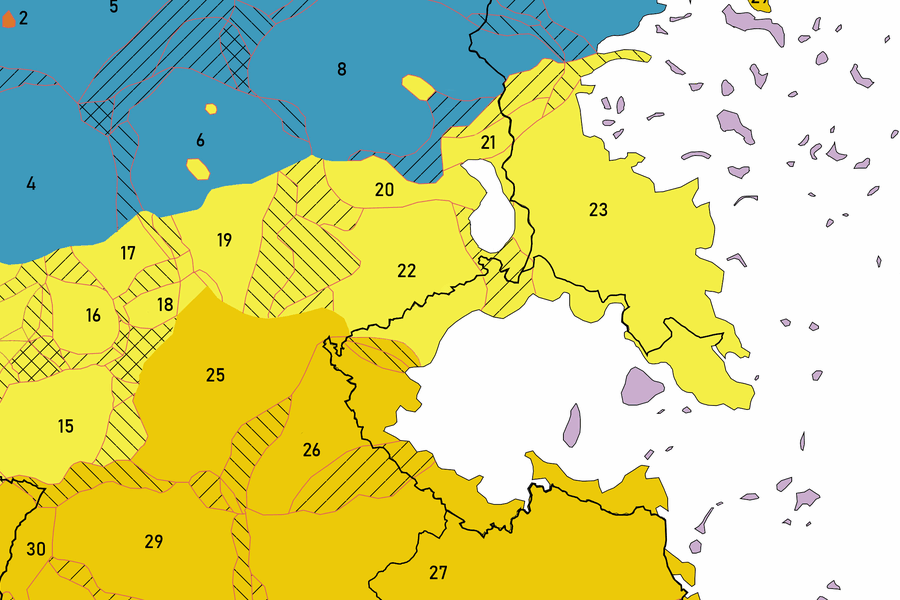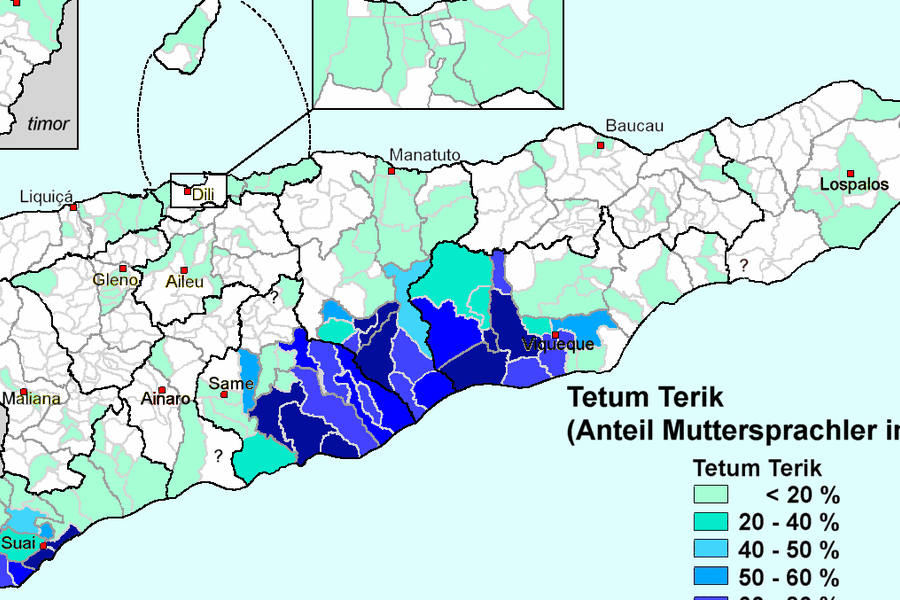Ireland is a land steeped in a rich tapestry of history and culture, and perhaps nowhere is this more evident than in its diverse linguistic landscape. Beyond the widely recognized Irish (Gaelic) and English, the island is home to a fascinating array of regional speech patterns and accents, each telling its own story of heritage, community, and local identity.
To help navigate this intricate world of verbal variation, we’ve compiled a comprehensive list of 37 Dialects in Ireland. This diverse collection ranges from the distinct rhythms of Achill Irish to the unique pronunciations found in Wexford English. For each entry, you’ll find below detailed information on its Language Type, Main Region, and Key Features, offering a clear glimpse into how language thrives across the Emerald Isle.
What’s the difference between an ‘Irish’ dialect and an ‘English’ dialect in Ireland?
Ireland features dialects of both the Irish language (Gaeilge) and the English language. Irish dialects are regional variations within the native tongue, primarily spoken in Gaeltacht areas, and reflect centuries of unique development. English dialects in Ireland, on the other hand, are forms of English spoken on the island that have been heavily influenced by Irish, Scots, and other linguistic traditions, leading to distinct local pronunciations, vocabulary, and grammatical structures.
Are these dialects still actively spoken today?
Absolutely. While the prominence and number of speakers for each dialect can vary, many of these unique forms of speech are very much alive and continue to be an integral part of local culture. Communities and cultural organizations often undertake significant efforts to preserve and promote these distinct linguistic traditions, ensuring their continued vitality for current and future generations.
Dialects in Ireland
| Dialect Name | Language Type | Main Region | Key Features |
|---|---|---|---|
| Ulster Irish | Irish Gaelic | County Donegal and parts of Derry, Tyrone | Palatalized consonants, distinct vowel lengths, conservative phonology, unique intonation |
| Donegal Irish | Irish Gaelic | Gaoth Dobhair, The Rosses, Inishowen (County Donegal) | Retention of older consonant clusters, epenthetic vowels, maritime vocabulary |
| Ulster (Tyrone/Derry) Irish | Irish Gaelic | Parts of County Derry and Tyrone (Northern Ireland) | Local vowel shifts, unique verbal forms, regional lexical items |
| Connacht Irish | Irish Gaelic | Counties Galway, Mayo, Sligo and surrounding Gaeltachts | Broad vowels, lenition patterns, regional idioms and proverbs |
| Connemara Irish | Irish Gaelic | Connemara region, County Galway | Syllable-timed rhythm, conservative verb forms, community-specific vocabulary |
| Mayo Irish (Erris/Tourmakeady) | Irish Gaelic | Erris, Tourmakeady and other Mayo Gaeltachts | Island-influenced pronunciations, local lexical items, variable vowel qualities |
| Achill Irish | Irish Gaelic | Achill Island (County Mayo) | Island conservatism in phonology, archaisms, strong oral tradition |
| Munster Irish | Irish Gaelic | Counties Kerry, Cork, Waterford and Munster Gaeltachts | Broad vs slender contrasts, ‘a’ vowel mergers, distinctive imperative forms |
| Corca Dhuibhne (Dingle) Irish | Irish Gaelic | Dingle Peninsula, County Kerry | Rhotic R, vowel raising, unique verbal forms and local sayings |
| Kerry (Iveragh) Irish | Irish Gaelic | Iveragh Peninsula and parts of County Kerry | Local vowel realizations, conservative morphology, maritime lexicon |
| Muskerry (Múscraí) Irish | Irish Gaelic | Muskerry Gaeltacht, West Cork | Distinct diphthongs, lenition patterns, Cork-influenced vocabulary |
| Waterford (Déise) Irish | Irish Gaelic | An Rinn and Ring Gaeltacht, County Waterford | Unique diphthongs, retention of older verb endings, local place-name terms |
| Hiberno-English | Hiberno-English | All of Ireland | Irish-influenced syntax, distinctive idioms, calques from Irish, variable phonology |
| Northern Irish English | Hiberno-English | Northern Ireland (province-wide) | Glottal stops, Northern vowel sets, Scots influence, strong rhoticity in places |
| Belfast English | Hiberno-English | Belfast and surrounding area | Marked vowel shifts, glottalization, strong prosodic identity |
| Derry English | Hiberno-English | Derry/Londonderry area | Distinct pitch patterns, vowel qualities similar to parts of Ulster, local lexicon |
| Mid-Ulster English | Hiberno-English | Tyrone, Fermanagh, Armagh and adjacent counties | Mixture of Northern and Southern features, rhoticity, Scots substratum traces |
| Donegal English | Hiberno-English | County Donegal | Strong Irish substrate influence, retention of /r/, regional vocabulary |
| Dublin English (Traditional Local) | Hiberno-English | Dublin city and inner suburbs | Local vowel shifts, characteristic rhythm, Hiberno-English grammar features |
| New Dublin English | Hiberno-English | Contemporary Dublin across social groups | Mix of conservative /r/ and urban vowel trends, youth-driven innovations |
| Dublin 4 (D4) sociolect | Hiberno-English | South Dublin affluent neighborhoods | Fronted vowels, characteristic intonation, sociolectal lexical items |
| Cork English | Hiberno-English | Cork city and County Cork | Rising intonation, distinct /a/ vowel, “sing-song” melody and local slang |
| Munster English | Hiberno-English | Munster province (Cork, Kerry, Limerick, Waterford) | Broad prosody, rhoticity in many areas, shared Munster vocabulary |
| Limerick English | Hiberno-English | Limerick city and environs | Local vowel qualities, rhythmic speech, city-specific slang |
| Waterford English (Déise) | Hiberno-English | Waterford city and county | Retention of /r/, unique vowel shifts, local idioms |
| Wexford English | Hiberno-English | County Wexford | Southeastern intonation patterns, conservative vowels, local lexical items |
| Kilkenny/Carlow English | Hiberno-English | Counties Kilkenny and Carlow | Midlands vowel patterns, blend of Munster and Leinster features |
| Midlands Irish English | Hiberno-English | Counties Westmeath, Offaly, Laois, Longford | Neutral vowel realizations, bridging features between Dublin and western speech |
| Connacht English | Hiberno-English | Galway, Mayo, Sligo, Roscommon | Irish-influenced syntax, softer consonant realizations, regional lexicon |
| Galway English | Hiberno-English | Galway city and county | Vowel fronting, lively intonation, influence from Irish speakers |
| Sligo English | Hiberno-English | Sligo and north-west Connacht | Northern-leaning vowels, brisk cadence, local idioms |
| Clare English | Hiberno-English | County Clare | Blend of Munster and Connacht features, coastal intonation patterns |
| Roscommon/Leitrim English | Hiberno-English | Counties Roscommon and Leitrim | Conservative consonant patterns, Irish-flavored idioms |
| Louth/Meath English | Hiberno-English | Counties Louth and Meath | Dublin-leaning phonology with northern traces in border areas |
| Fingal/North Dublin English | Hiberno-English | North County Dublin and suburbs | Suburban lexical items, intermediate vowel system between Dublin and Leinster |
| Gaeltacht English | Hiberno-English | Gaeltacht areas across the island | Direct Irish calques, Irish-like syntax, loan translations and intonation |
| Ulster Scots-influenced English | Hiberno-English | Parts of Antrim, Down and rural Ulster | Scots-derived vocabulary, distinct stress patterns, rhoticity |
Images and Descriptions

Ulster Irish
The northern branch of Irish with several strong Gaeltacht centres; notable for sounds and words that set it apart from southern varieties.
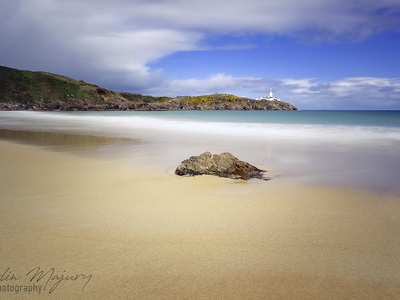
Donegal Irish
A prominent Ulster subdialect famed for preserving archaic pronunciations and a rich local lexicon tied to coastal life.
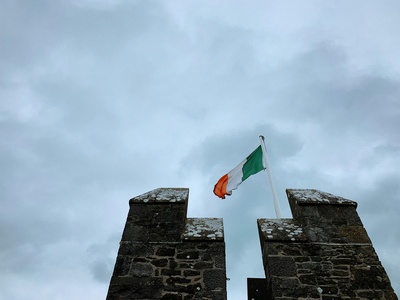
Ulster (Tyrone/Derry) Irish
Ulster varieties outside Donegal with distinctive local features reflecting continuity with broader Ulster Irish.
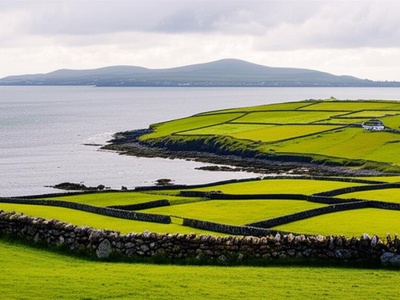
Connacht Irish
The western dialect group centered on Connemara and Mayo, influential in media and language teaching.
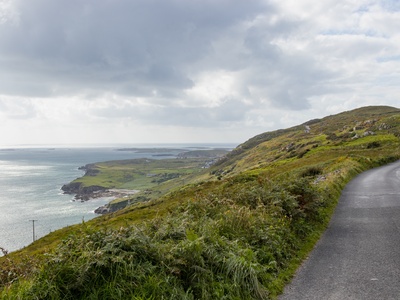
Connemara Irish
The best-known Connacht variety; widely heard on radio and used in many Irish-language learning resources.
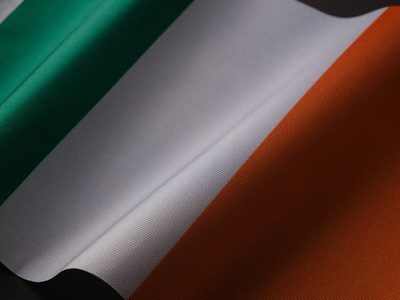
Mayo Irish (Erris/Tourmakeady)
Connacht subvarieties in Mayo with distinctive local speech shaped by island and coastal communities.
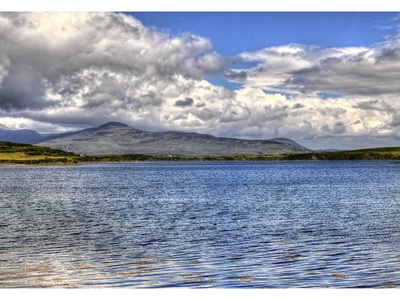
Achill Irish
A small but resilient island variety with pronunciations and words preserved by tight-knit communities.
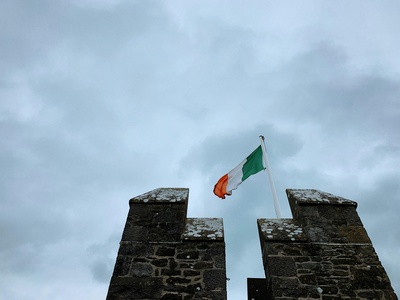
Munster Irish
The southern branch of Irish known for a long oral tradition, songs and a characteristic prosody.
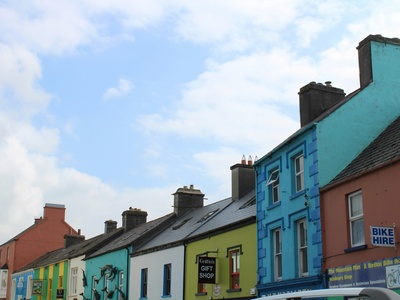
Corca Dhuibhne (Dingle) Irish
A celebrated Munster subdialect with strong cultural presence and a lively Gaeltacht community.
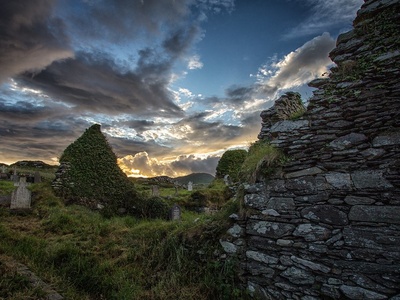
Kerry (Iveragh) Irish
A Kerry variety distinct within Munster, with its own set of idioms and pronunciations.
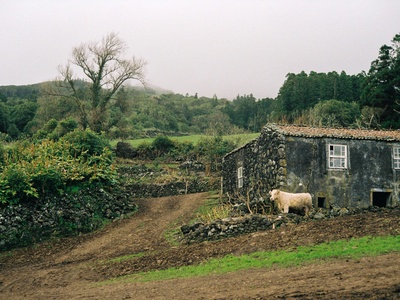
Muskerry (Múscraí) Irish
The Cork Gaeltacht dialect combining Munster features with local Cork speech color.
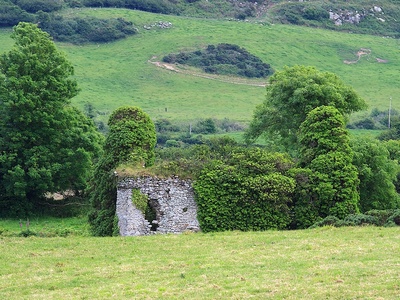
Waterford (Déise) Irish
The Déise dialect of Munster Irish known for distinctive pronunciation and a strong local identity.
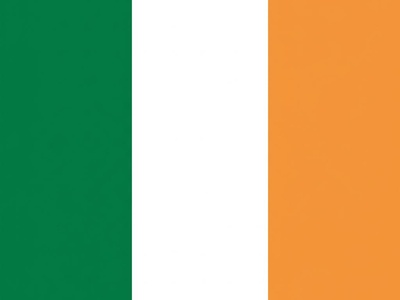
Hiberno-English
The umbrella term for English spoken in Ireland; shaped by Irish grammar and regional variation across the island.
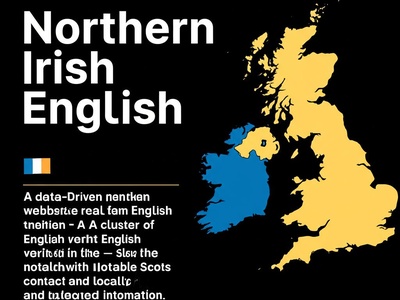
Northern Irish English
A cluster of English varieties in the north with notable Scots contact and locally patterned intonation.
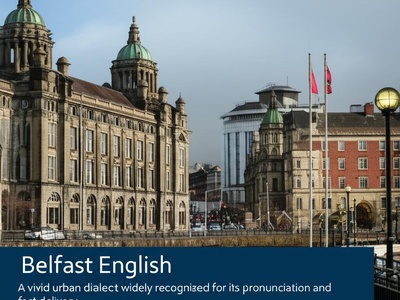
Belfast English
A vivid urban dialect widely recognized for its pronunciation and fast delivery.
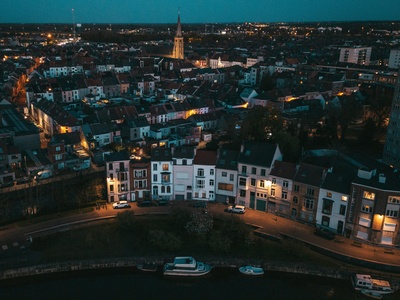
Derry English
Local speech often perceived as musical and community-specific, with clear local markers.
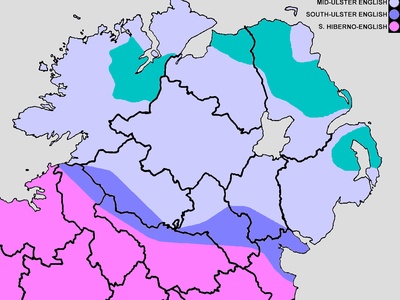
Mid-Ulster English
A rural-to-semi-urban dialect bridging broad Ulster features with local speech habits.
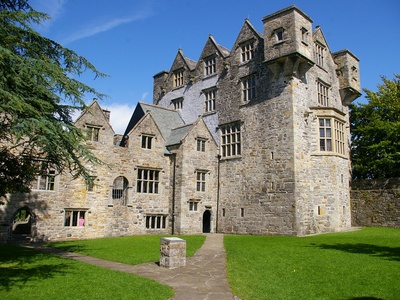
Donegal English
English in Donegal often shows close contact with Irish and distinctive local idioms.
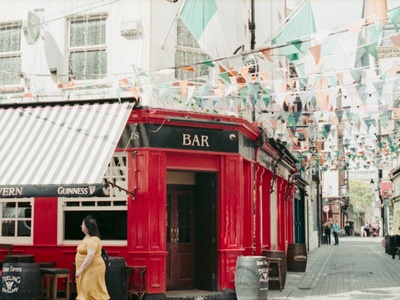
Dublin English (Traditional Local)
The traditional city variety associated with long-standing Dublin communities and local slang.
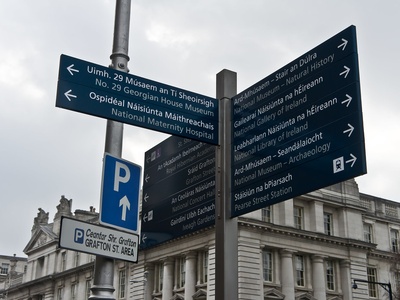
New Dublin English
A modern urban variety spreading in Dublin, blending local features with wider modern influences.
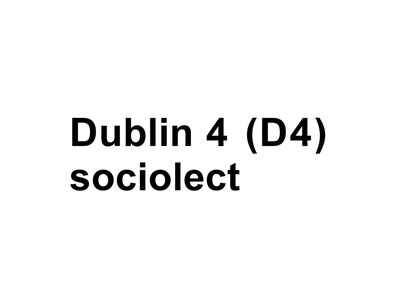
Dublin 4 (D4) sociolect
A socially marked Dublin variety often noticed for its prosody and associations with media and prestige.
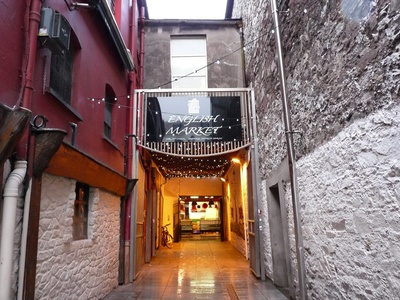
Cork English
A highly recognizable southern voice with a musical quality and many county-specific expressions.
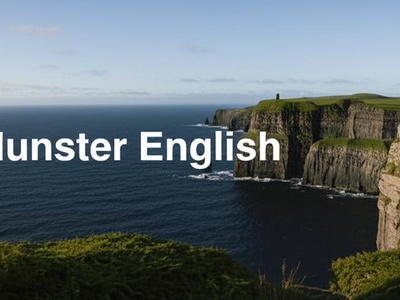
Munster English
Regional southern English uniting county varieties by tempo and melodic speech patterns.
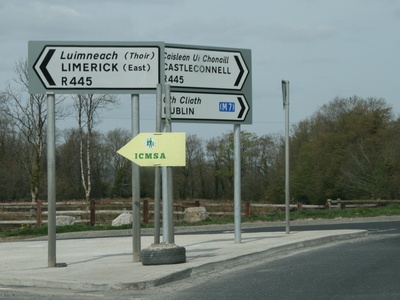
Limerick English
A distinct city dialect with strong local identity and characteristic turns of phrase.

Waterford English (Déise)
The English counterpart to the Déise Irish dialect, rich in regional flavor and expressions.
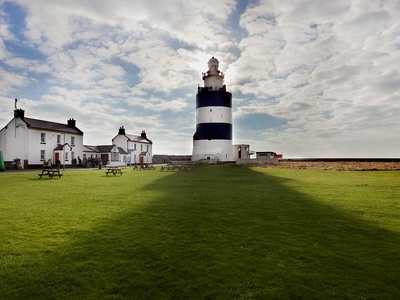
Wexford English
A southeast variety sometimes noted for its distinct prosody and historically influenced vocabulary.
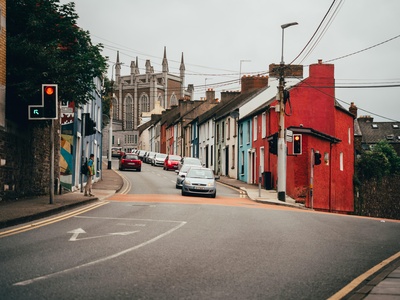
Kilkenny/Carlow English
A transitional dialect area with mixed phonological traits linking neighboring regions.
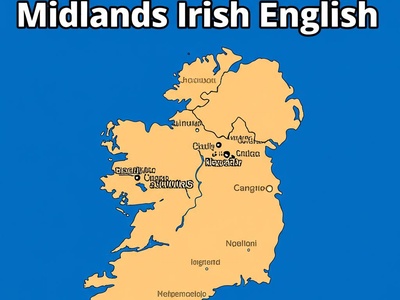
Midlands Irish English
Central belt English that mediates between Dublin and the west in pronunciation and vocabulary.
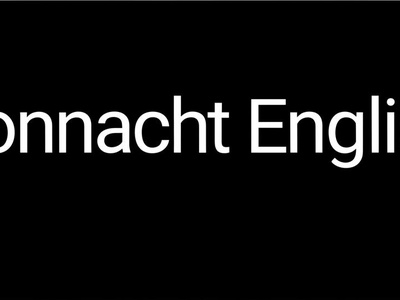
Connacht English
Western English varieties shaped strongly by proximity to Irish-speaking areas and local tradition.
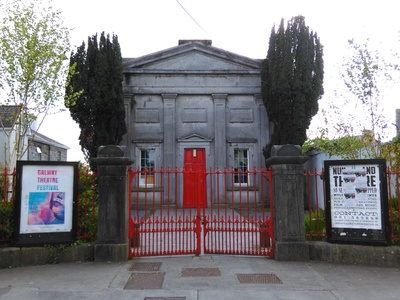
Galway English
A city dialect mixing Gaelic heritage and urban trends into a distinctive local voice.
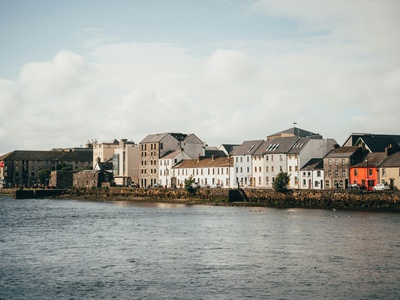
Sligo English
A northwest variety with links to both Ulster and western speech patterns and a recognizable local sound.
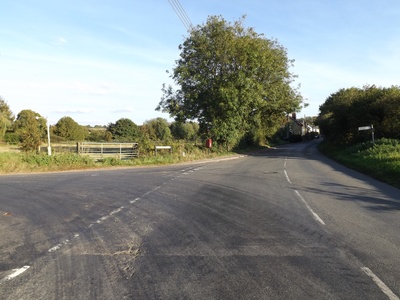
Clare English
A transitional coastal dialect that draws on neighboring counties for many phonetic traits.
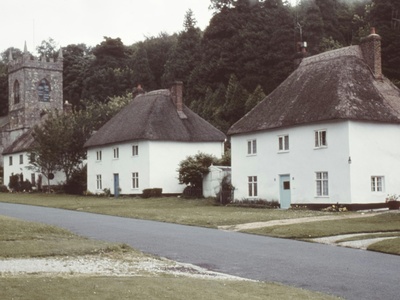
Roscommon/Leitrim English
Rural central-west varieties with strong local speech habits and lexical items.
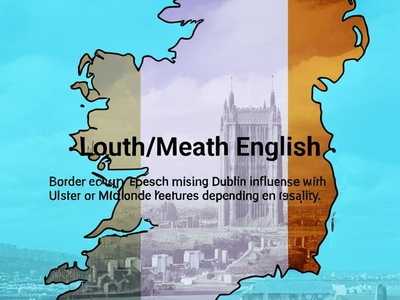
Louth/Meath English
Border county speech mixing Dublin influence with Ulster or Midlands features depending on locality.
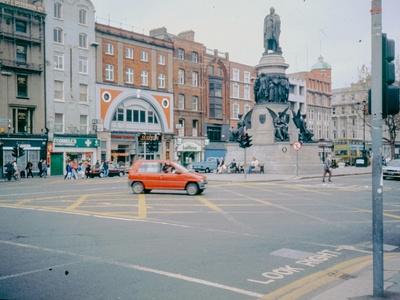
Fingal/North Dublin English
A suburban variant notable for local markers and mixing of urban and regional traits.
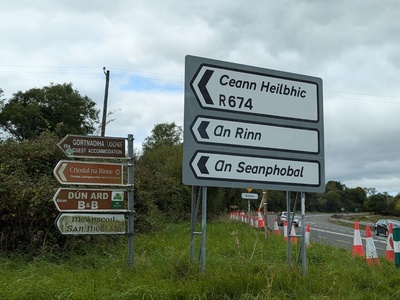
Gaeltacht English
English spoken in or near Gaeltacht communities that carries strong Irish-language influence in grammar and vocabulary.
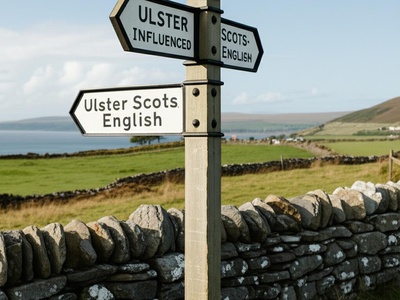
Ulster Scots-influenced English
English varieties shaped by historical Ulster Scots contact, noticeable in rural speech and some town dialects.

